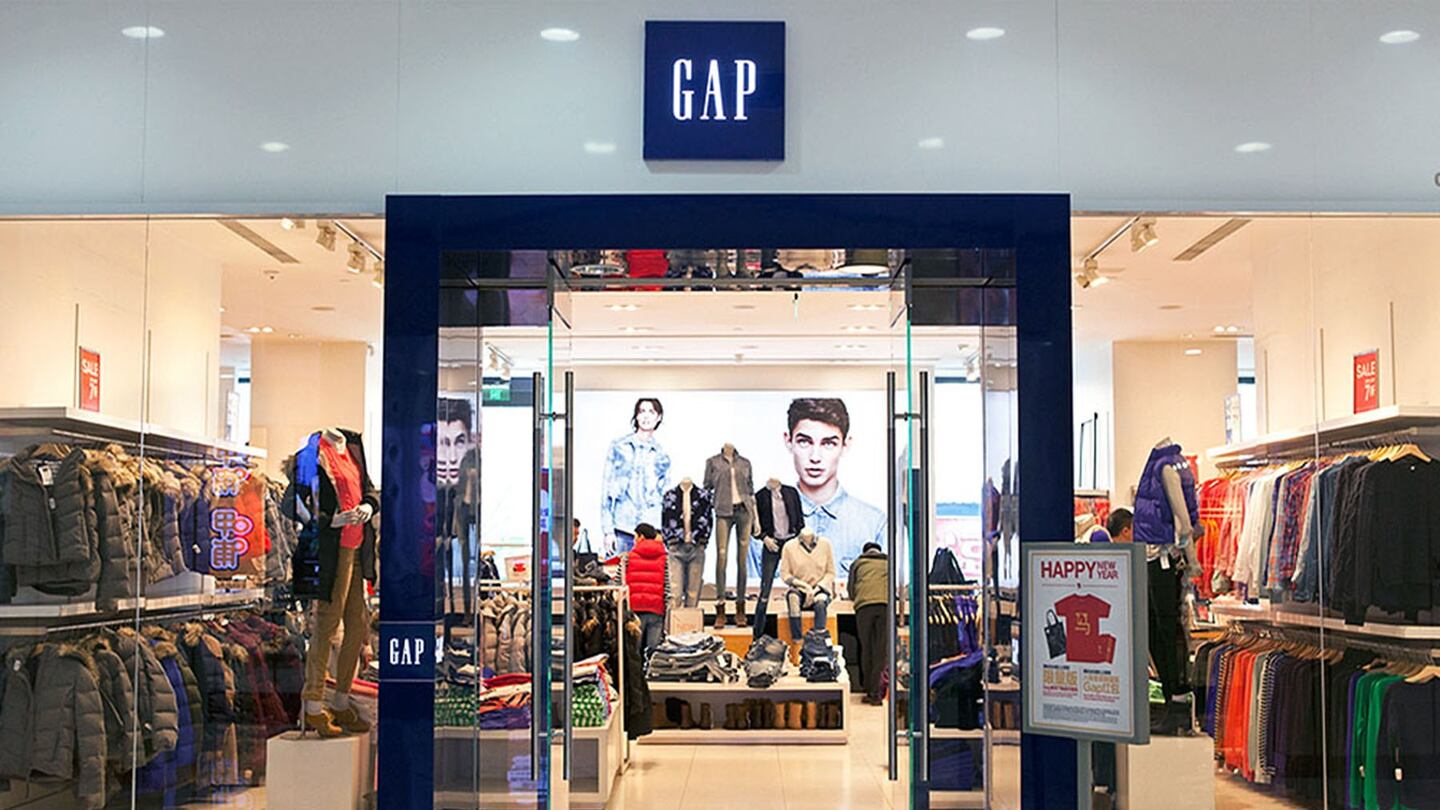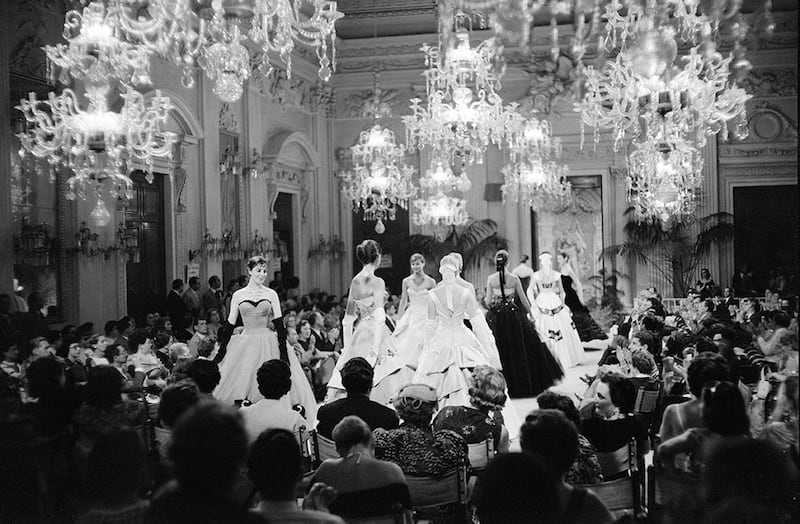
The Business of Fashion
Agenda-setting intelligence, analysis and advice for the global fashion community.

Agenda-setting intelligence, analysis and advice for the global fashion community.

SAN FRANCISCO, United States — Gap Inc. is increasing its efforts to recruit lower-income workers, part of a push to improve diversity among the retailer's staff.
The company is bolstering its program for 16- to 24-year-old workers from low-income neighborhoods with no recent employment history. It expects this group, referred to as “Opportunity Youth,” to make up at least 5 percent of all its entry-level employees by 2025.
Called "This Way Ahead," the 11-year-old program will expand to 53 cities globally from 15 cities last year. A national partnership with Boys & Girls Club of America will help the chain connect young adults with positions at Gap-owned stores, such as Banana Republic, Old Navy and Athleta. The initiative also will roll out in Japan and more cities in the UK.
“This is a perfect vehicle for us to drive our business,” said Brent Hyder, the head of human resources at San Francisco-based Gap. “With a little extra training, a little extra initiative we now have a talent pool that is predominantly diverse that may not have been there for us in the past.”
ADVERTISEMENT
Perhaps more than any other industry, retail relies on teenage and young-adult labor. For the past decade, more than half of American working teenagers worked in retail, more than in any other industry, according to the Bureau of Labor Statistics. Those companies also greatly rely on teenagers to fill their entry-level jobs, according to a 2017 report from the National Retail Federation.
“I really believe that retail is one of the last few places where you can start from anywhere and get to just about anywhere that you want to go,” said Hyder, who began his career as a part-time seasonal hire in retail. “You can start as a part-time hourly employee from the very first time, never had a job before, and it is possible to end up running the company.”
In recruiting workers, Gap shifted its emphasis from a candidate’s credentials to their potential, asking questions about work ethic and time management. Once hired, participants get a job coach to help with their career trajectory. There’s also a buddy-system, which pairs them with a colleague in the store who can answer questions from how to open their locker to how to properly record their lunch breaks.
Employees in this program earn $10 an hour, or the minimum wage of the market where they work. Participants also receive the same benefits as other entry-level peers.
When it began a decade ago, the program was a summer internship. Now it will be year-round as a way to broaden participants’ experience and give more options for people who want or need a part-time job now, Hyder said.
The largest percentage of participants in this program have completed a high school degree. While Hyder said that Gap’s program isn’t a complete substitute for higher education, he said that young adults can learn many skills from the program, such as risk taking and conflict management. Many store leaders don’t have college degrees, he added.
Participants who complete the program are more likely to have one or more paid jobs, compared with the general U.S. population. While about a third of participants continue to work at Gap stores, far more work in entry-level jobs outside of retail, according to a 2018 company report. Hyder says that’s not a bad thing.
“When you invest in people as employees and you treat them well and they have a positive experience, they will shop and they will tell their friends and they’ll continue to be loyal in a different way — with their wallet which is really important to be as a shareholder,” he said.
ADVERTISEMENT
By Jordyn Holman and Rebecca Greenfield; editor: Janet Paskin, Nick Turner
Related Articles:
[ Can Anyone Save Gap?Opens in new window ]
[ The Gucci-Gap Divide: How Luxury Is Winning the Race for Millennial SpendOpens in new window ]

From analysis of the global fashion and beauty industries to career and personal advice, BoF’s founder and CEO, Imran Amed, will be answering your questions on Sunday, February 18, 2024 during London Fashion Week.
The State of Fashion 2024 breaks down the 10 themes that will define the industry in the year ahead.
Imran Amed reviews the most important fashion stories of the year and shares his predictions on what this means for the industry in 2024.
After three days of inspiring talks, guests closed out BoF’s gathering for big thinkers with a black tie gala followed by an intimate performance from Rita Ora — guest starring Billy Porter.